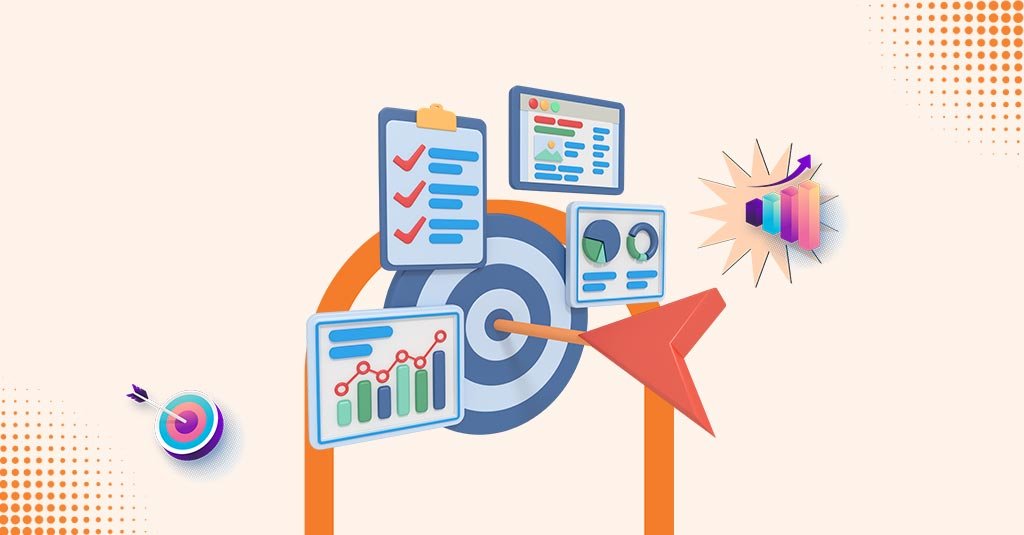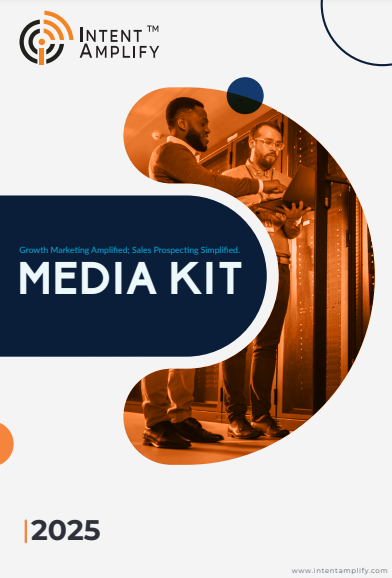
What is a Sales Funnel? Stages, Strategy & Process for 2025
- Last updated on: May 15, 2025
An effective sales funnel is the foundation of any sales process.
It leads the potential buyer from the initial contact to the last sale. There are typically four steps in a buyer’s journey, namely awareness, interest, evaluation, and decision. Each step brings the buyer nearer to the purchase.
For Sales Development Representatives (SDRs), each lead is a result of hours of research, outreach, and follow-up. So when even a single lead drops out unexpectedly, it’s a missed opportunity that can be frustrating.
That’s why a well-crafted sales funnel isn’t just a strategy, it’s a survival tool in today’s hyper-competitive B2B landscape.
In this article, we’ll explore:
- The key stages of the modern sales funnel.
- Winning strategies to build and optimize it.
- A glimpse into how the sales process is changing in 2025 with AI and automation.
A sales funnel works as a revenue engine for your sales team and at the same time, it helps the buyer on his journey.

The Evolving Face of B2B Buying
A rigid, step-by-step process is history. Today’s buyer traces a fluid, self-sufficient path fueled by digital touchpoints, peer opinions, and AI tools.
Current B2B Buyers:
- Carry out extensive online research before contacting sales.
- Leaning heavily on product reviews, comparison websites, and analyst reports.
- Utilizing AI tools to streamline decision-making and vendor identification.
Insight: According to Hubspot, “75% of B2B buyers do their research before speaking with a sales team, opting instead for online research and content consumption to inform their purchasing decisions.”
The Stages of the Buyer’s Journey

Discovery:
This is the first stage. The prospect starts to study the options. It could be because the current systems detect internal issues due to changing market conditions. During the discovery phase, customers conduct in-depth research through different online channels.
They use AI-based tools along with social networking to understand their needs and identify probable solutions.
Evaluation:
At the evaluation level, customers evaluate solutions systematically. They compare alternatives through the vendor solutions available, customer feedback, and case studies. They assess every alternative using webinars, demos, and case studies before shortlisting vendors.
Decision:
At this point, buyers consider risks and ensure the solution aligns with company objectives. They shortlist and communicate directly with shortlisted suppliers. This ensures a detailed and tailor-made solution can be obtained before concluding.
Post-Purchase:
Once acquired, the attention is on implementation and value delivery. Effective onboarding, quantifiable results, and follow-up become essential to secure customer satisfaction and long-term loyalty. The prospect engaged at every step, turning an inquiry into a sale.
Good on-boarding, transparent tracking of ROI, and support all contribute to satisfaction, which in turn can drive the advocacy.
A 5-Point Sales Funnel Strategy
Creating a high-performing B2B sales funnel in 2025 takes more than usual strategies. Today’s funnel needs customization, data accuracy, and AI-powered scalability.
Here is a brief five-point plan:
1. Embrace Digital-First Engagement
By 2025, 80% of B2B sales interactions between buyers and suppliers will be in digital channels. This change highlights the need to maximize digital touchpoints like websites, social media, and online tools—to engage with buyers where they are and provide frictionless experiences.
2. Integrate Human and Digital Interactions
Though digital channels dominate, 75% of B2B purchasers want a rep-free buying experience. Yet self-service transactions result in regret. Blending digital with human support maximizes buyer confidence and results in more successful transactions.
3. Use Predictive Analytics for Lead Qualification
Predictive analytics also assist the sales teams a lot to identify high-potential leads more effectively. Through examining buying behavior and patterns of engagement, companies can set priorities on prospects with greater potential to convert, maximizing the utilization of resources and improving conversion rates.
4. Boost Sales Enablement using AI Tools
Artificial intelligence tools can offer sales teams instant insights into the preferences and behavior of buyers. Such information enables more targeted interactions, timely follow-ups, and custom solutions, ending up enhancing the buyer’s experience and deal closure chances.
5. Emphasis on Post-Sale Customer Retention
Maintaining current customers is important, as the process of acquiring new ones is often more expensive. Applying measures like customized follow-ups, loyalty programs, and ongoing interaction fosters long-term relationships and creates repeat business.
Sales Process for 2025
As the sales funnel has changed over the years so has the sales process itself as well. Artificial Intelligence and advancements in cyber technology have transformed the buyer’s journey. Organizations are on the lookout to find new and innovative ways to connect with new prospects and retain the existing ones.
Brian Halligan, Co-founder of HubSpot, said, “The traditional sales process is broken. Today’s buyers have more power and information than ever before. Your job as a seller is to guide, not push.”
This is what the sales process looks like in 2025:
1. AI-driven Contact Discovery
According to Hubspot, 43% of sales professionals say they use AI tools to generate sales copy or prospecting outreach messages, and 36% use AI for forecasting, lead scoring, and pipeline analysis.
AI-powered insights assist sales teams to rank high-potential leads, reach out to prospects at the best times, and ultimately increase conversion rates.
2. Search-First Content Strategy
Content strategy becomes a critical factor. Visibility begins with SEO. Empower your SEO team to conduct intent-driven keyword research aligned with your ideal buyer personas. On-page SEO with optimized headlines, meta descriptions, and alt texts helps the content rank better. Adding off-page strategies like content syndication and backlink outreach to this makes the content more effective. Platforms like WordPress or HubSpot ensure every asset from the SEO perspective is taken care of.
3. Multi-Platform Content Distribution
The ‘post and hope’ approach would suffice. Publishing content on multiple channels is important. Viewers spend time on LinkedIn for B2B, YouTube Shorts for product demos, and newsletters for heavy engagement. Turn blogs into carousels, short videos, and email bite-sized pieces to maximize shelf life and visibility.
4. High-Converting Gated Content
Use gated content in a targeted manner to capture high-quality leads in the middle or bottom of the funnel. Develop valuable assets—such as ROI calculators, whitepapers, or product comparison guides—that address real pain points. Combine these with tidy, conversion-optimized landing pages and compelling CTAs.
5. Omnichannel Engagement with Intent Signals
B2B buyers today assess multiple channels like email, social, webinars, and even chat. Sales representatives have to engage them across these touchpoints. They cannot afford to miss even a single intent signal. Convert intent signals to actionable insights using the proper KPIs because in the B2B sales funnel, data fuels deals.
“The sales process of the future is driven by insights, not just intuition. Reps must sell smarter, not harder, using data to personalize every interaction”, says Tiffani Bova, Global Growth Evangelist, Salesforce.
Sales in 2025 is all about being relevant. When augmented with AI and intent data, teams can pre-judge needs and customize outreach. Success goes to those who listen intelligently, not sell aggressively.
Final Thoughts: Creating a Future-Proof Sales Funnel
In 2025, sales is about relevance, timing, and experience. It is more than only reaching out to the prospects. A sales funnel in the modern age doesn’t force leads through stages; it nudges them with precision, data, and empathy.
With AI, SEO, tailored content, and omnichannel outreach, B2B sales teams can reach high-value leads. More notably, they can hold on to them and close them at scale.
FAQs
1. How do I track my sales funnel’s performance?
To track the performance monitor key performance indicators (KPIs) like conversion rates, customer acquisition cost, and customer lifetime value. Monitoring these metrics will allow you to determine areas for improvement and refine your sales strategies.
2. What are some mistakes to watch out for when building a sales funnel?
Some of the most common mistakes are omitting the segmentation of customers, not generating leads through content targeting, not reviewing data to determine why customers are held up, and creating a disconnected experience across channels. By reviewing these and making necessary changes, your sales funnel can be much more effective.
3. How frequently do I need to review and modify my sales funnel strategy?
It’s necessary to review and revise your sales funnel strategy regularly, preferably every quarter or whenever there are drastic changes in your market, audience behavior, or business objectives as a whole. Being responsive and adaptable to such changes will ensure sustained success.
4. What is the main function of a sales funnel?
The main function of a sales funnel is to take potential customers through their purchasing process, from awareness to decision-making, eventually resulting in conversions and sales. It assists companies in visualizing and streamlining the customer experience at each stage.
5. How has AI transformed the sales funnel in 2025?
AI transformed the sales funnel by making smarter lead scoring, hyper-personalized prospecting, predictive analysis, and automated follow-up possible. AI is now used by sales teams to examine buyer intent, rank high-value leads, and send the right content at the best time—making the entire funnel more effective and data-centric.
Let’s connect, optimize your strategy, and drive real results, because in today’s market, speed, personalization, and precision aren’t nice to have, they’re necessary.





